CUTTING EDGE
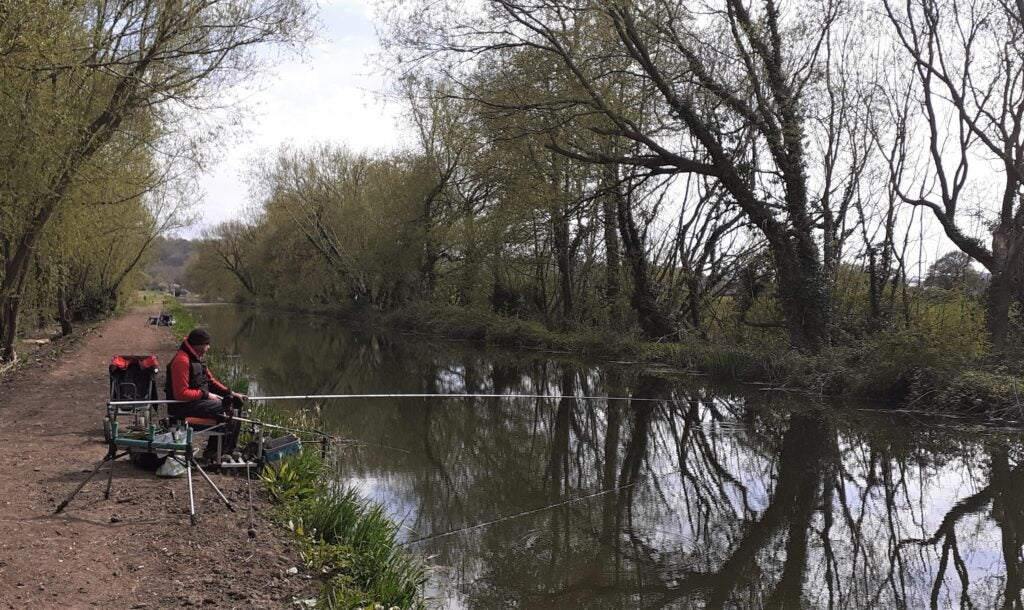

Much of the science behind modern pole fishing was born on canal towpaths and fenland drains, where match anglers in particular learnt how to maximise their catches with this precise way of fishing. Switching between several feed lines became the norm, starting close in and gradually working over towards the far bank, where the bigger fish lived. By cleverly feeding up a distant line for later in a session, better catches often resulted, but you had to be careful and not rush things. Pole fishing has become such a controlled method. Rotating rigs and feed lines is a key tactic, also influencing the way most commercial fisheries are currently approached. This is similar to playing chess, one masterstroke can turn a slow session into a red-letter day, while a hurried move can ruin the best laid plans. The intricate planning aspect has hooked many anglers, myself included. It’s fascinating and when it works there’s nothing quite like it.
SNAKE CHARMING
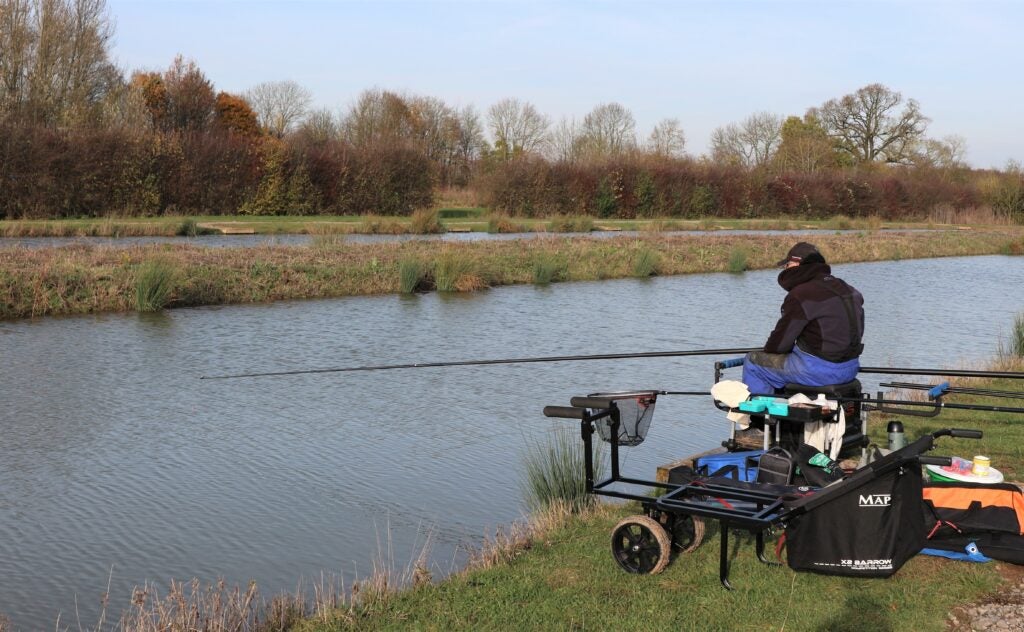

While there are still canal venues well worth fishing, the majority of anglers have switched over to commercial venues, where there is less hassle with car parking and little chance of being disturbed by anyone. However, the canal concept still lives on with the creation of similar snake lakes, totally free of bikes and boats, and absolutely heaving with fish. Snakes are tailor-made for pole fishing, offering a similar approach to canal and drain techniques, but with prospects of catching lots more and bigger fish. Snakes offer plenty of variation, whether exploring the margins, down the track or the far bank. There are options of bagging up with carp or silver fish, including in most cases a great span of species. Heavily fished snakes have spawned a new way of doing things, using tiny feed pots permanently attached to top kits, dribbling minimal amounts of free bait right over the float. This really is precision fishing, which almost guarantees lots of bites.
MYSTERY FACTOR
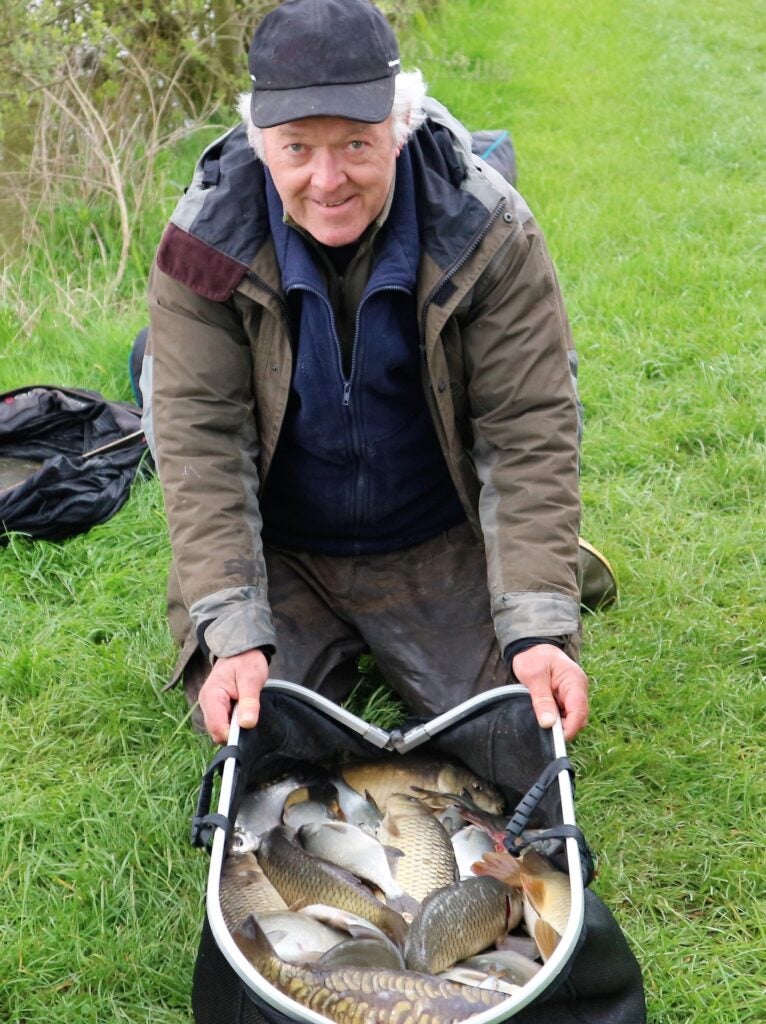

I spent many years fishing canals, almost exclusively at times, because I found them to be fascinating places. You never quite knew what species was going to win competitions and despite flier pegs, top weights didn’t always come from them. I remember drawing the same swim twice on big matches, struggling for ounces on the first occasion, and smashing the match record from the same spot on another day. To some extent, snake lakes can be a bit like this. The wind creates currents and moves the fish around, plus in heavily stocked waters if one species doesn’t show, there’s normally another to keep bites coming all day. Of all the types of commercial fisheries, I think I prefer snake lakes best. Even confined ones offer you your own secluded area of water to play with, rather than sitting shoulder to shoulder on open water swims. This mixed bag of carp and silvers is a classic snake lake match weight. It might take several canal outings to match it.
GAINING AN EDGE
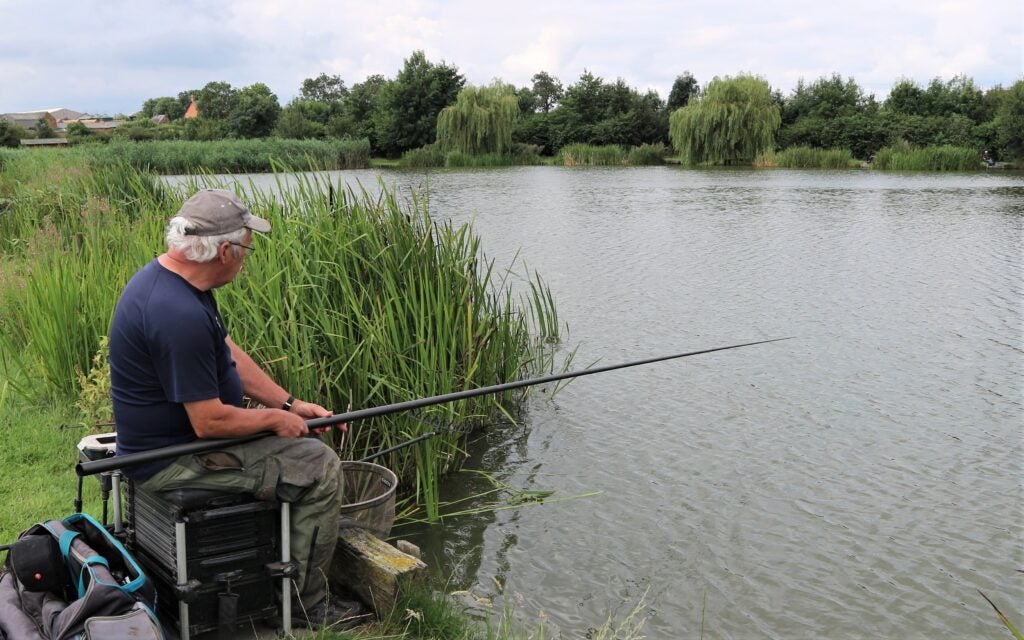

Margin fishing has become a major way of catching big nets of fish, both on commercials and wild venues. Whereas in the past many anglers might have only taken a quick look down the edge for a bonus fish or two, these days many big competitions are won fishing the margins, particularly in the latter stages of busy sessions. This way of fishing has become so popular, a whole range of tackle has been developed around it, including super-strong margin poles, seriously powerful elastics and specialist floats. It makes sense because you are likely to catch more by fishing close in on heavily stocked venues, saving so much time compared to distance fishing. Not forgetting bigger fish have learnt to forage in the margins, because that’s where many anglers dump excess bait when they pack up. A good way of approaching the margins is a dual approach, feeding up areas to the left and right of your peg, which increases catch potential even more.
WILD SIDE
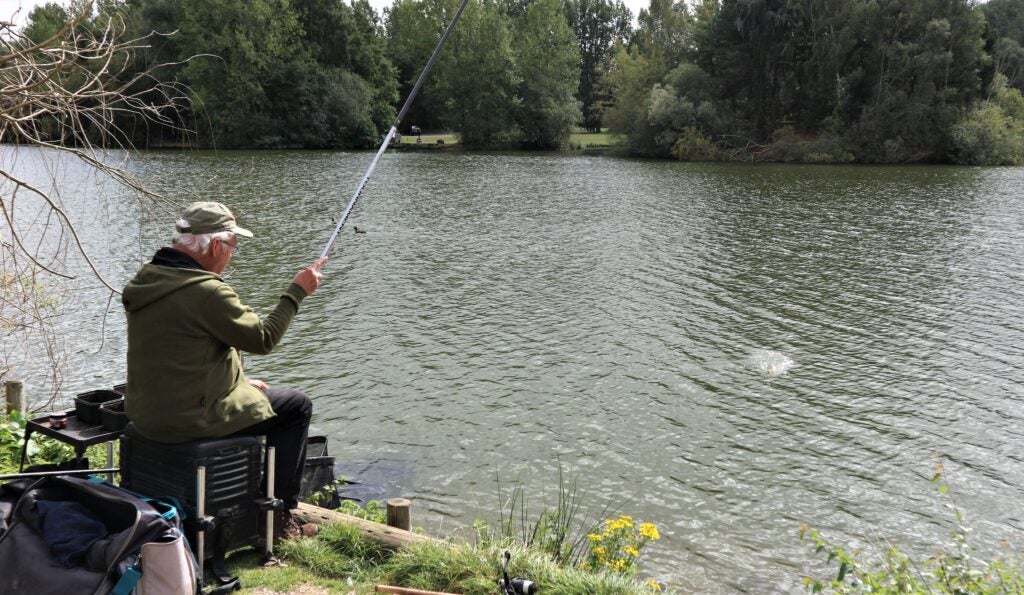

Various types of gravel, brick and sand pits, along with reservoirs, generally build up a big head of fish naturally. Man-made fisheries like this have evolved into what we loosely call “natural” waters. These, along with proper wild venues, require a different pole approach to commercial fisheries. Some of the popular carp puddle baits like pellets can still work, of course, but rigs need to be a lot more refined. Switching away from carp requires finer wire hooks, thinner diameter lines and silver fish style pole floats, all of which are coming back into vogue. This in turn has seen traditional baits like casters, maggots and worms being used a lot more. When there are big shoals of silver fish to target on natural venues, a top method is to fish to-hand style with a whip. This makes perfect sense for catching bigger bags of fish, because it’s so much faster than all other methods, proved many times during ever-popular festivals on fish-packed Irish Loughs.
SILVER LINING
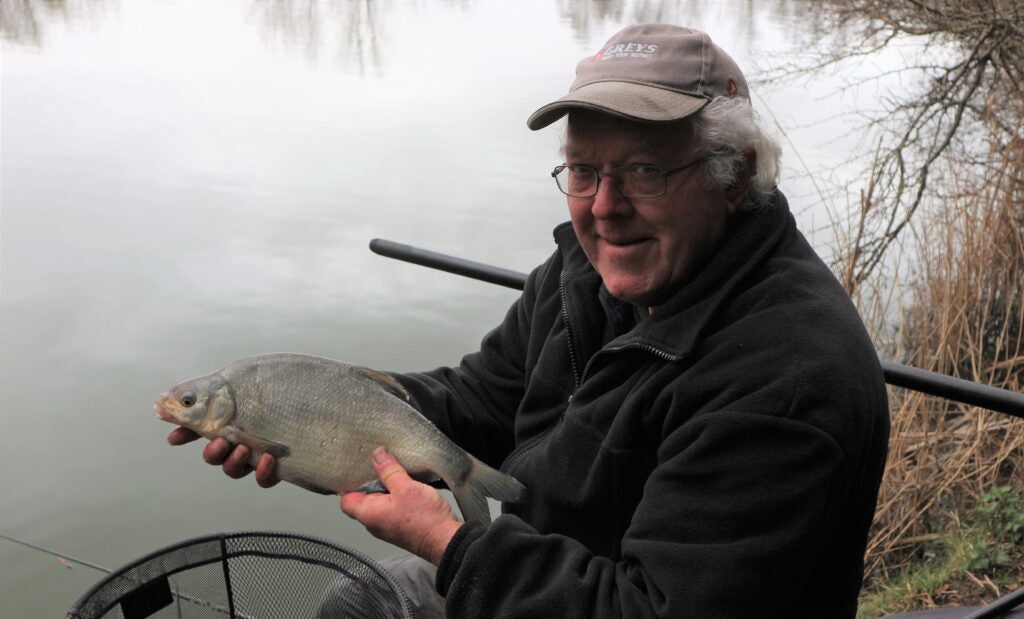

Taking the silver fish route generally makes for busier sessions, where there’s little chance of getting bored. Silver fish tend to be more widely spread, so it becomes possible to catch good bags of them from most pegs. They are not always easy to catch though, requiring a lighter approach with both tackle and feeding. Another nice way of fishing is to switch between silvers and carp, keeping busy with the former when the latter go quiet. Sometimes resting the area where you are catching bigger fish and switching to a silver fish line, not only boosts your catch, but also gets the big stuff feeding positively again. Skimmers are a favourite secondary species to target on carp-dominated venues, helping to boost weights considerably. These fish pack on weight with all the fishmeal-based products they eat, which the carp have missed. Skimmer pole tactics now often entail using similar groundbaits to those used for carp, combined with pellets.
POPULAR METHOD
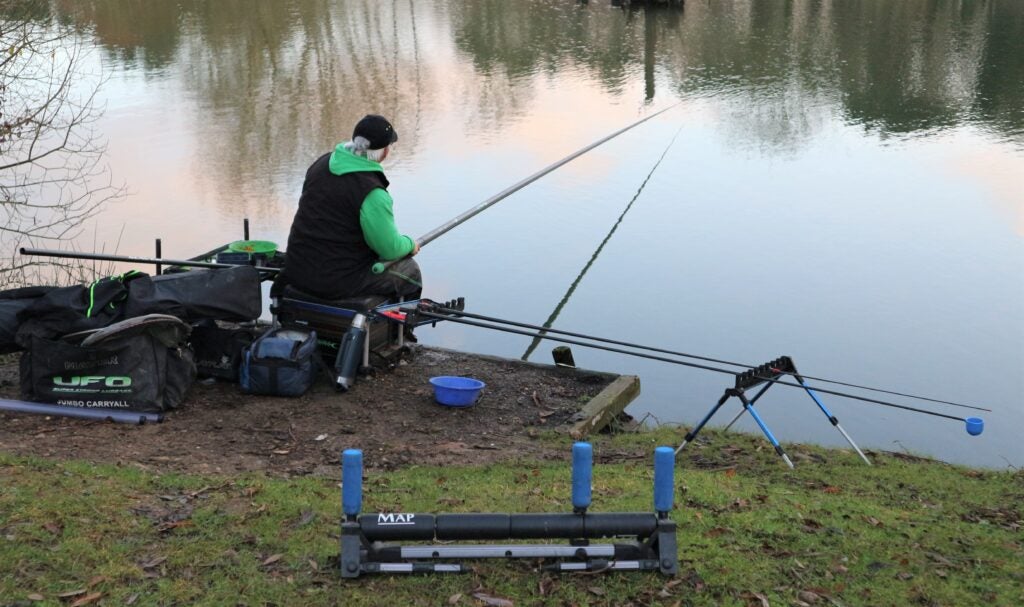

We are in a good place when it comes to pole fishing. The popularity of carp bagging pools has created a massive boost for the tackle industry. Apart from flagship poles, there are lots of very good lower priced bagging models, which give everyone a chance of catching netfuls of decent sized fish. Power top kits, extra strong margin poles, bungee elastics, indestructible floats, tougher lines and super-strong hooks are all part of the current scene. Some downbeat people would try to have us believe pole fishing is a dying art, which makes me laugh when I see poles being waved about just about everywhere I visit. The popularity of pole fishing has improved many related products, particularly pole rollers, which are bigger and more versatile. I see lots more pole roosts being used too, keeping spare top kits off the ground, well out of the way of passing feet. Pole fishing has led to anglers becoming better organised, keeping vital gear close to hand.
NEW WAYS
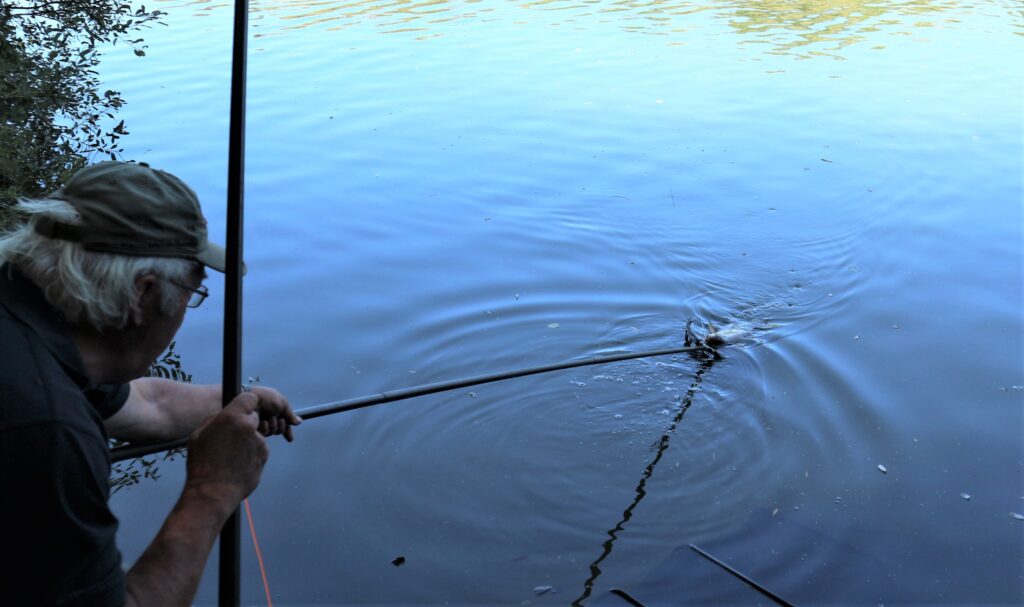

Pole fishing has evolved dramatically from the distant days of flick tips and elastic crooks. We didn’t stand much chance when connecting with really big fish back then. Puller bung systems and super-stretchy pole elastics have changed all that. We now have power top kits, which kitted out correctly, can stop a train in its tracks. Better still, combining puller bung systems with thinner elastics, allows lighter and far more versatile rigs. Gone are the days of hanging on, waiting for shock absorbers to bottom out, followed by the dreaded twang when a rig exploded. Catching bonus fish on light line rigs and fine wire hooks, aimed at whatever comes along, has become normal now. I use the new hybrid pole elastic a lot because this solid stuff stretches amazing distances. With lighter rigs in particular, it gives a much better chance of landing any powerful big fish that turn up. A puller bung set-up keeps you in control and helps to land fish a lot faster.
CATCHING BETTER
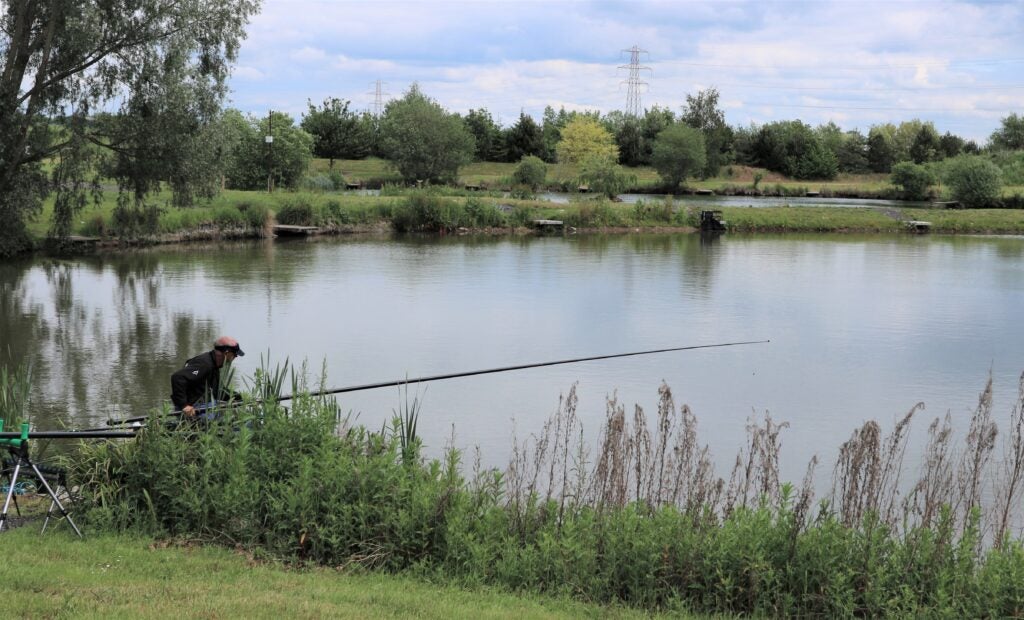

The precise nature of pole fishing allows everything to be centred on a pinhead. It’s similar to in-line feeder methods where a hook bait is presented amongst free offerings, only in this case cupping in freebies and laying a hook bait over the top. It’s an almost identical trap. But an added advantage with the pole is you once you have got the fish concentrated, you can start loose feeding regularly, and catch even more by eventually switching to shallow rigs. The pole dominates on many popular fisheries around where I live, providing massive weights of fish. Whether you like this way of fishing, or prefer more natural ways, bagging pools are important. They pull more people into the sport, not just providing an endless stream of carp. Very often there are good shoals of silver fish, plus bonus chub and barbel. Some people don’t agree with the latter species being stocked in stillwaters, but the fact is they pull lots of anglers, creating thriving businesses.
GREATER FINESSE
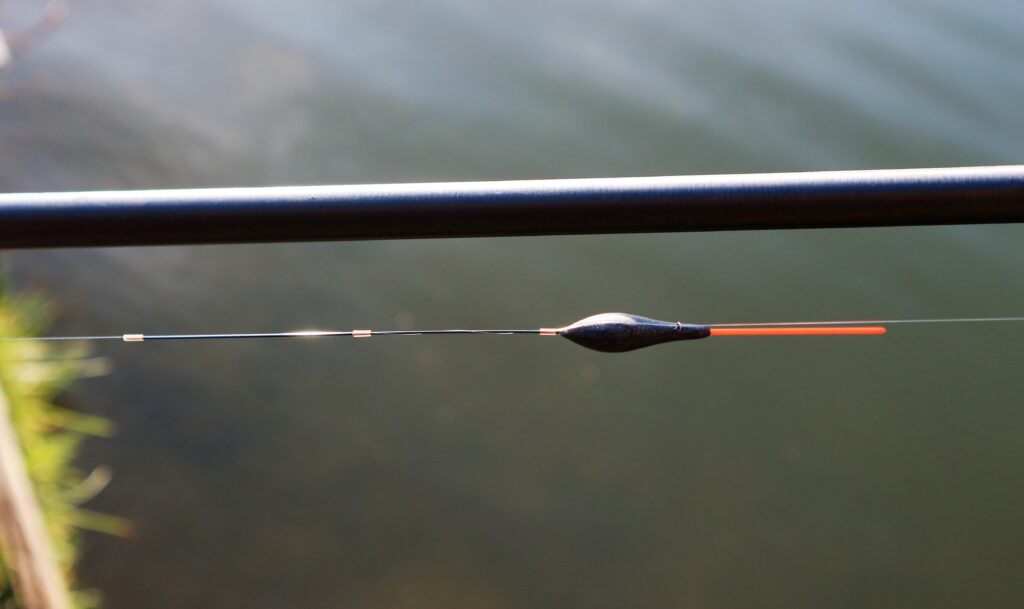

An aspect that has always intrigued me about pole fishing is how light you can go with rigs. I learnt much of my trade match fishing on the canals around London, where it was essential to scale down floats, lines and hooks to conjure bites. Many rigs were built around pole floats that took well under a gram in the loadings they could support, mostly relying on micro shot to set them right. Lots of rigs had 0.06mm line attached to tiny fine wire hooks. With hindsight, I think a lot of that was to do with following trends at the time, because these days I don’t drop below 0.08mm hook lengths and catch just as many fish. But one aspect stays the same, many of my favourite old pole floats continue to perform well, or have been mimicked perfectly for when refined tackle is required. Silver fish pole floats have actually improved for showing up delicate indications. They now have super-bright fibre or hollow plastic sight tips, which are much easier to see.
GETTING THERE
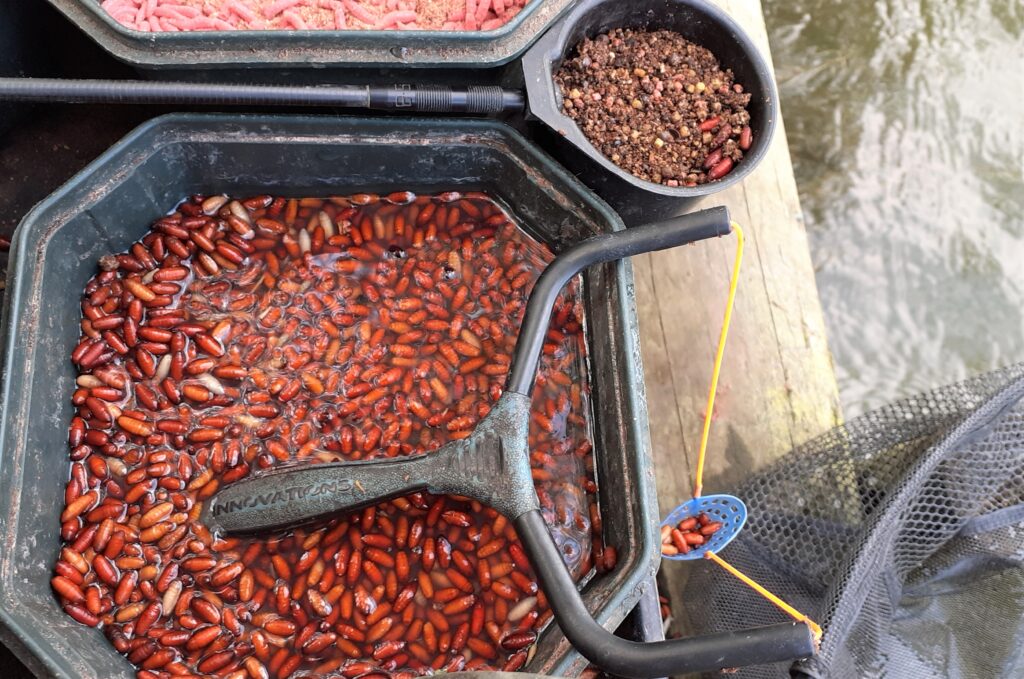

There are four main ways of feeding with a pole: using a dedicated cupping kit, having a small cad pot installed, throwing bait in by hand, or using a catapult. I switch between all these methods. Generally cupping in larger amounts of groundbait or loose gear at the beginning of sessions, topping up with a light action catapult. I will often continue to bring a big pole cup into play during quiet periods, when I feel the swim needs another boost, although on some occasions this isn’t needed when loose feed is keeping the bites coming. As previously mentioned, smaller cad pots work better on well stocked and heavily fished commercial fisheries, dribbling tiny amounts of baits like pellets, maggots or casters directly over the float. Loose feeding or putting groundbait in by hand only tends to happen when fishing short with a pole, or using a whip. This can be a busy tactic, pulling the fish in and getting them used to feed every cast.
SERIOUS STUFF
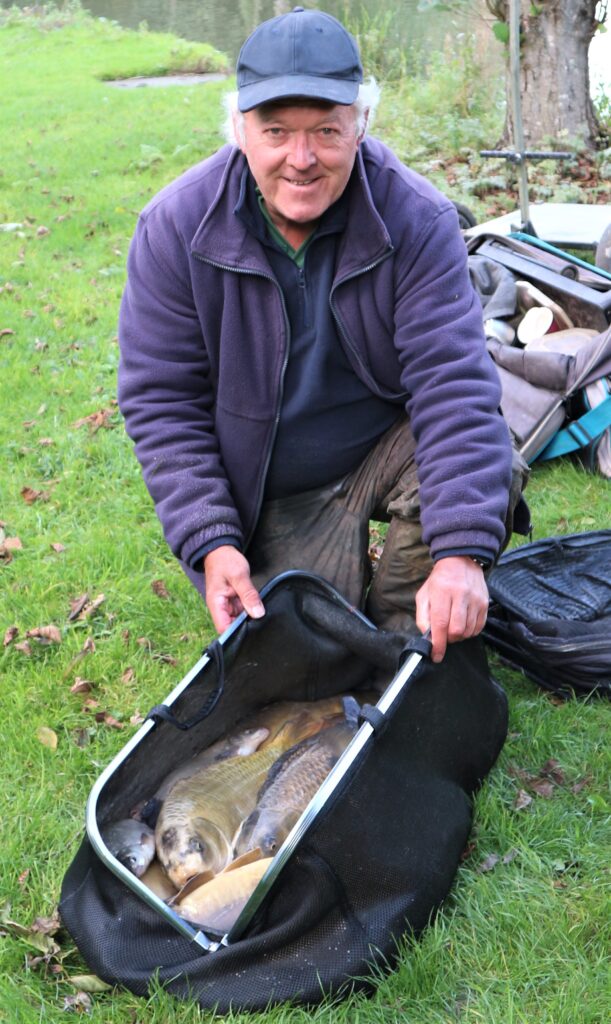

Like it or loathe it, pole fishing can’t be ignored, especially at competition level. I love running line float and feeder tactics, but often have to join the ranks of pole wielding anglers to keep up. This hefty runner’s up catch wouldn’t have happened any other way, in a tricky shallow swim with lots of floating debris. The waggler was ruled out due to the surface rubbish and undertow, while a bomb or feeder didn’t seem right with just a couple of feet of water to play with. Pole tackle brings back good presentation when conditions and pegs aren’t right for other methods. The other thing a pole does, particularly when using a short length of line to the float, is enhance what you can do with the hook bait. Lifting it, twitching, holding everything dead still, or edging the tackle through – all ways of tempting bonus bites. You can also push pole tackle into areas that are inaccessible to running line gear, in amongst weed beds and tight to overhanging cover.











